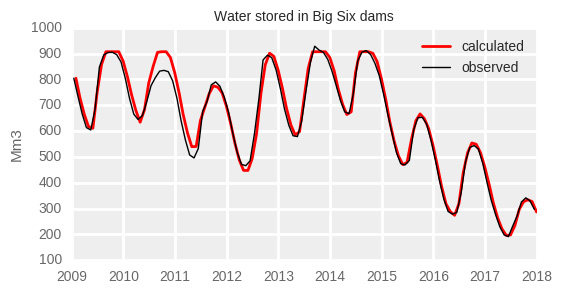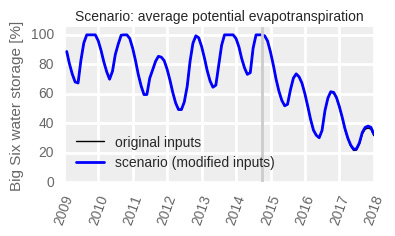Water is an essential resource that sustains life on Earth. From drinking and sanitation to agriculture and industrial processes, water plays a crucial role in our daily lives and the global economy.
However, with increasing population growth, climate change, and inefficient water management practices, the demand for water is rapidly outpacing its availability. This has led to a growing concern about water scarcity and its impact on various sectors.
Investing in Water Shortage Stocks: An Opportunity to Make a Difference
Investing in water shortage stocks allows individuals to align financial goals with environmental concerns. Companies addressing water scarcity issues offer significant growth potential. Innovative technologies, infrastructure improvements, and sustainable irrigation techniques create investment opportunities in this sector.
By investing strategically, individuals can contribute to sustainable solutions while potentially achieving financial returns and supporting responsible resource management.
Understanding Water Scarcity: Causes and Consequences
Water scarcity is driven by population growth and climate change. As the global population increases, so does the demand for freshwater resources. Climate change alters rainfall patterns, intensifying droughts and floods. The consequences of water scarcity are far-reaching, affecting agriculture, industries, and communities worldwide.
Crop failures, reduced industrial productivity, and compromised access to clean drinking water are some of the consequences we face if action is not taken. Sustainable solutions include investing in alternative water sources, improving water management practices, and promoting water conservation initiatives.
Identifying Promising Investment Opportunities
Water scarcity is a global challenge that requires investment in innovative solutions. Promising investment opportunities exist in various sectors related to addressing this issue:
1. Companies providing water conservation and management solutions: These companies develop technologies and systems for efficient water resource usage.
2. Traditional utility companies improving infrastructure: Investing in utility companies that upgrade water supply systems can offer reliable access to clean water.
3. Technology companies developing advanced filtration systems: Investing in cutting-edge filtration technology helps provide clean drinking water.
4. Agricultural businesses implementing sustainable irrigation techniques: Investing in environmentally conscious agricultural enterprises reduces water usage while maintaining crop yields.
Investors should look for successful companies within each category, considering factors such as growth, profitability, and commitment to sustainability. By investing in these sectors, investors can contribute to addressing water scarcity while potentially gaining profitable returns.
Assessing Risks and Returns
Investing in water shortage stocks carries risks related to water rights, regulations, technology, and market volatility. Political and regulatory factors can impact profitability through changes in water usage policies. Technological uncertainties surround innovative solutions for addressing water scarcity.
Market volatility arises from shifting perceptions of environmental issues. Despite these risks, investing in water shortage stocks offers long-term growth potential due to increasing demand for water resources. Diversification within the sector and thorough research can help mitigate these risks and maximize returns.
In summary, investing in water shortage stocks involves assessing political, regulatory, technological, and market risks. However, the growing demand for water resources presents attractive long-term growth opportunities.
Mitigating risks through diversification and conducting thorough research is crucial for successful investment decisions in this sector.
The Role of Government Policies
Government policies have a significant impact on the water shortage stocks sector. They include funding programs for sustainable infrastructure projects, stricter water management regulations, and incentives for companies developing innovative solutions. Staying informed about these policies is crucial for successful investing in this sector.
Tips for Investing in Water Shortage Stocks
Investing in water shortage stocks requires careful consideration and strategic planning. Here are some practical tips to help you navigate this sector:
-
Research companies thoroughly: Understand a company’s financial health, sustainability initiatives, and competitive advantage before investing.
-
Diversify within the sector: Spread your investments across different types of companies involved in addressing water scarcity to minimize risk.
-
Stay updated on industry news and trends: Keep track of new technologies, government policies, industry collaborations, and market developments.
-
Consult with specialized financial advisors: Seek guidance from professionals who understand the financial aspects and environmental implications of investing in water shortage stocks.
By following these tips, you can make informed investment decisions that align with your goals while contributing to sustainable solutions for water scarcity.
Conclusion: Investing in a Sustainable Future
[lyte id=’1dPipiAVJLk’]






